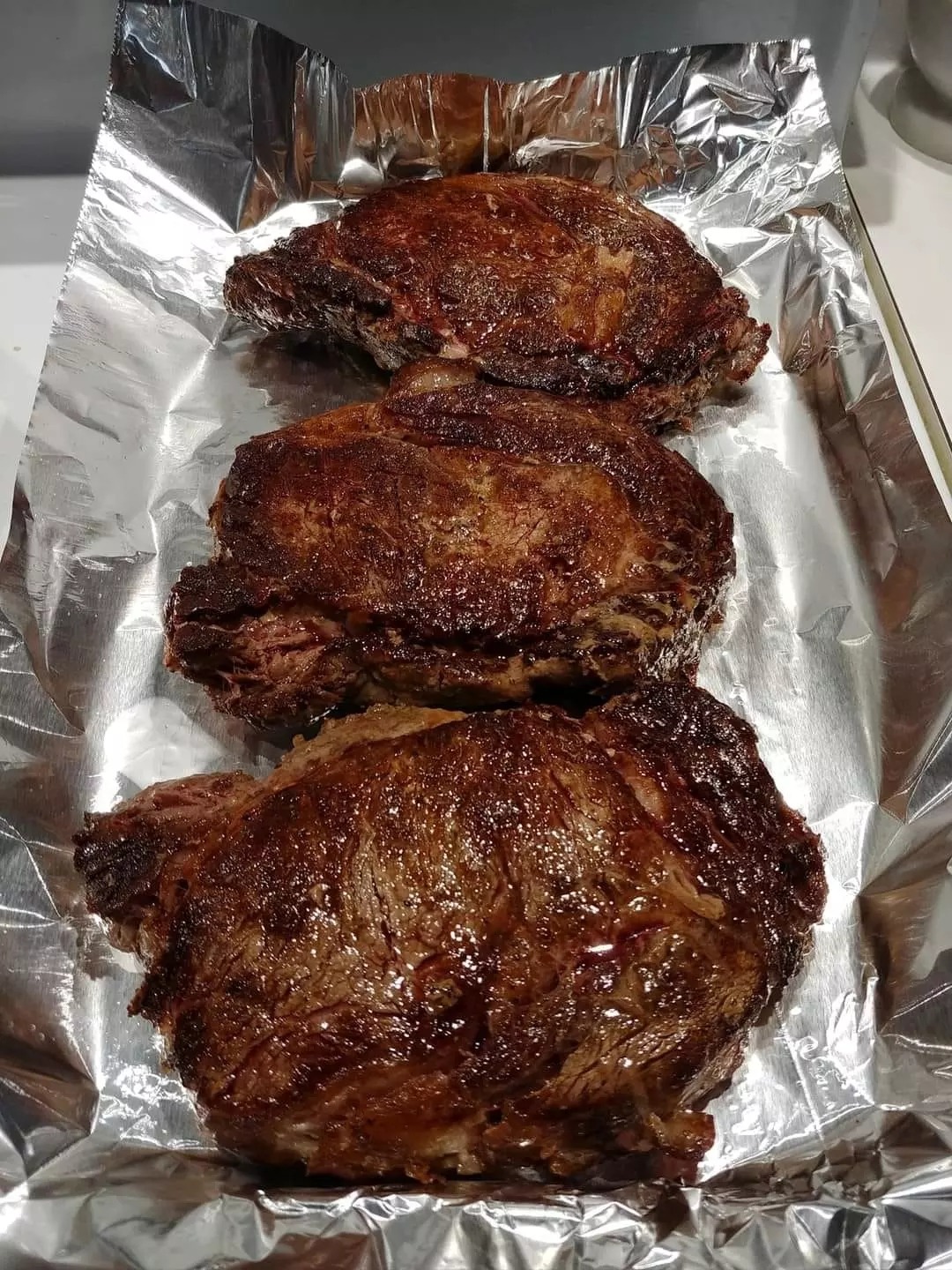It comes from the Longissimus Dorsi muscle, which runs along the spine and does not expand excessively, giving it a nice and fluffy texture. This gives an extra creamy flavor and a nice moisturizing texture.
The prime rib can come from the sixth through the twelfth rib, and the end it comes from should dictate how you cook it. The centerpiece is the most common (and you’ll often find it when you buy a prime rib in a supermarket). It has some covered fat and a good amount of marbles. Then we have two endings: the short loin and the adverb of the envelope.
The short end has little to no fat and is less marbled, which is more suitable for people who prefer lower fat meats. On the other hand, the tip of the envelope is more marbled and contains most of the cap. To get the best flavor from the prime rib, ask your butcher to cut the steak off the end of the chuck.
* Ingredients
° 1 rib steak
° sea salt flakes
° Freshly ground black pepper
° 50 gm butter
° 2 sprigs of thyme
° 1 clove garlic, mashed with peel
* Instructions
Take the steak out of the fridge at least half an hour before you cook it, so it reaches room temperature. This is an important step to ensure that the steaks cook evenly.
When you’re ready to cook, season the steak generously. Sprinkle plenty of salt and pepper on both sides and apply to the face for even coverage.
Heat a frying pan. If you’re cooking two steaks, make sure the pan is large enough to fit the slices comfortably.,
Utilize 2 pans & heat them simultaneously. Adding steaks to skillet and cook over medium-high heat for 2 to 3 minutes on each side (depending on thickness and degree required). As a guideline, a 3cm steak should be cooked after 5 minutes. If you have a meat thermometer, the internal temperature should be 50°C for rareness, 60°C for medium and 70°C for fine cooking
Continued on next page (page 2)👇
